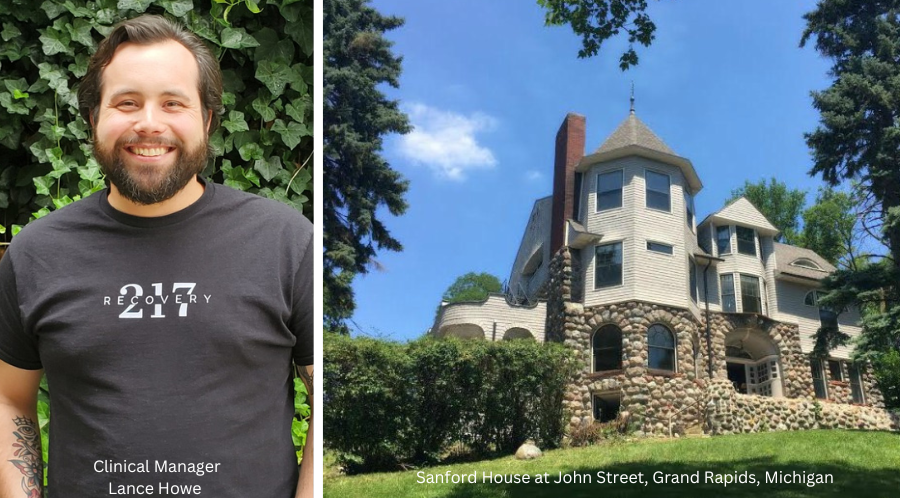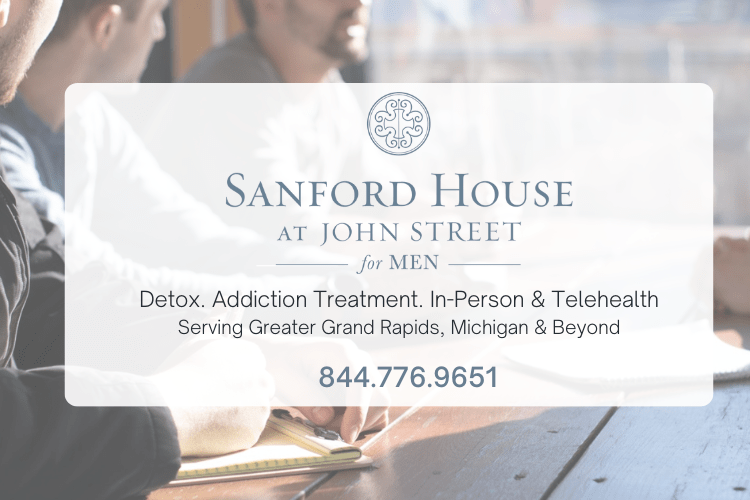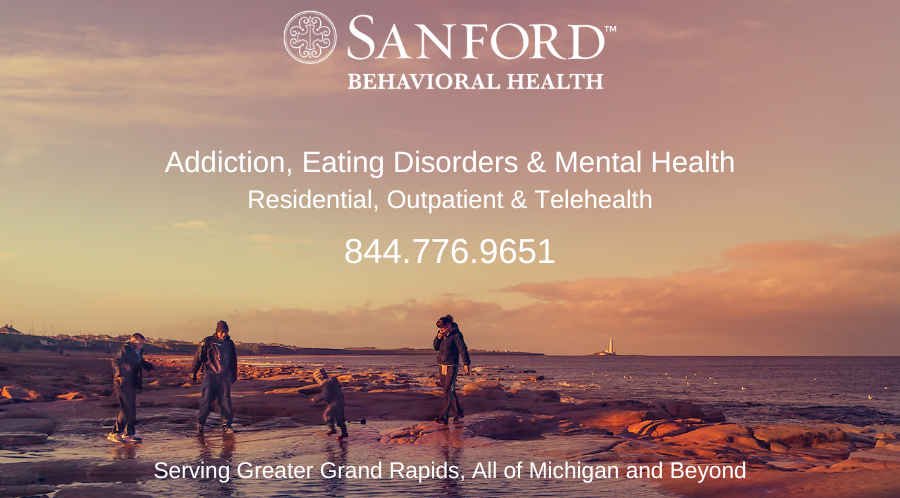Toxic Masculinity, Trauma and the Elusive Emotions of Men

Experiential therapy taps into deeply rooted childhood experiences.
Toxic masculinity refers to masculine norms emphasizing toughness and discouraging vulnerable emotions in boys and men. It is correlated with increased mental health conditions (e.g., substance use disorders, depression, and stress). The residential programs at Sanford House at John Street for Men address these conditions in an atmosphere of camaraderie and trust. Clinicians specialize in addiction and tailor treatment to the strengths and preferences of each client. We sat down with John Street Clinical Manager Lance Howe, MS, CADC, DP-S, to discuss the elusive emotions of the male-presenting clients he treats.
SBH – What is toxic masculinity?
Lance Howe – In the clinical world, we have talked about toxic masculinity for decades. When I hear “toxic masculinity,” I think that in United States culture, we overuse the term, and it has lost its power. We have overused it to the point it is almost a joke or a throwaway. So, I lean toward the subclinical term male normative alexithymia. Alexithymia means a person cannot label their emotions and express them properly.
The American Psychological Association (APA) defines normative male alexithymia as “a subclinical form of alexithymia found in boys and men reared to conform to masculine norms that emphasize toughness, teamwork, stoicism, and competition that discourages the expression of vulnerable emotions.” Any male presenting person falls under the trope of male normative alexithymia, including gay, queer, and trans men. As a clinical team at Sanford House at John Street, we emphasize differences in identity and male roles.

Lance Howe in the garden – Sanford House at John Street for Men
SBH – Not being able to express emotions leads to mental health issues?
Lance Howe – It leads to resentment. One of the leading causes of death for white, middle-aged men is death by suicide. Black and indigenous people of color (BIPOC) communities are disproportionately impacted by suicide as well. Unfortunately, it appears to be more prevalent than ever. From my experience working with male presenting people, there is an aspect of carrying the world on their shoulders. They don’t believe there is a space, or they deserve a space for these feelings. Culturally, men are taught to feel anger and not much else.
SBH – Why do men seek treatment or counseling?
Lance Howe – Historically, men entered a mental health or addiction treatment facility because of the risk of divorce, relationship problems, or the threat of losing their jobs. We see men who feel like their mental health is an ultimatum. That is why they pursue treatment, especially couples therapy. But we also see a change, and men seek treatment of their own volition.
“We hear stoicism in groups all the time. Our clients say, “It wasn’t that bad; he got beat worse than me.” Or they downplay trauma with, “I just got a spanking every once in a while.” You don’t know any better when you only see male aggression.” Lance Howe, MS, CADC, DP-S Clinical Manager Sanford House at John Street
SBH – What therapy is used in men’s groups to address toxic masculinity?
Lance Howe – A lot of work needs to be done. One of our therapists, Steph Condon, uses experiential therapy in her men’s groups. Her work taps into deeply rooted childhood experiences. She is famous for her “family letter” group, where a family member writes about how their loved one’s addiction has impacted them and the family. It is read aloud and processed in the group.
We also have a trauma-informed approach. Trauma is not what happens to you but rather what happens inside you. We deal with big T traumas like abuse and neglect and little T traumas, including never being hugged by a parent and not hearing “I love you” from a parent. That is trauma, too. And as a rule, boys do not get a lot of “coddling” in the United States. They are told, “boys don’t cry” or “toughen up.” We talk about the opioid epidemic all the time, but there is also an epidemic of male ineptitude when acknowledging emotions and trauma.
SBH- Why does childhood trauma result in addiction?
Lance Howe – It is a coping skill. With alcohol addiction, it is probably because our clients have watched it “work” in their childhood homes. Substance use is all about escape. If all I have ever understood is that it is okay to feel anger, then it is uncomfortable if I feel other emotions. So, I need to escape, and Dad always had a lowball glass at dinner every night. Maybe I should try that.
SBH – What happens when clients go home with all those raw emotions?
Lance Howe – I can speak for the clinical team at John Street and Sanford as a whole when I say we work hard on the transition. We have empirical data and research that tells us people are vulnerable during transitions, so we like to make them as smooth as possible from residential to outpatient treatment and ultimately to their home lives.
When it is clinically indicated and safe, we have a transition therapy session with loved ones and the primary person in their life. We review boundaries and everything the family has learned in the Family Program. The Family Program continues for the loved ones even after our client steps down to outpatient. We feel strongly that you must be in an aftercare program if you leave residential treatment. It is crucial to have a warm handoff to another professional.
We lean heavily on continued therapy, and our continuum of care includes day programs, half-day programs, and outpatient groups. Those are all steps in the reintegration into real life. When discussing substance use work, you are talking about identity work. A better understanding of identity helps a person feel more comfortable with the changes in recovery.
SBH – Could you talk about the Sanford Behavioral Health alum program?
Once our clients are fully home or taking a weekly outpatient class, they can join the alumni meeting. Every resident who completes their episode of care is automatically enrolled. We meet every Wednesday night in a hybrid format – both in-person and virtual attendees. The alumni program may be one of the most beautiful things we do in this organization.
I have been intimately involved in the men’s alumni program for the past two years, including facilitating meetings. So now we have men who have sat in these chairs as clients, integrating into the current client population and expressing to them the significance of the work. And, of course, the virtual alumni encourage too.
I am proud to say our current alumni program is being facilitated by an alumni! What a fulfilling and empowering experience. Every participant is involved, and the current clients ask questions of the alumni. What do you wish you would have done differently at John Street? What has been important for your transition with your family? Clients get to hear authentic, down-to-earth feedback. Alumni get to share their wisdom.
SBH – Thanks Lance!




